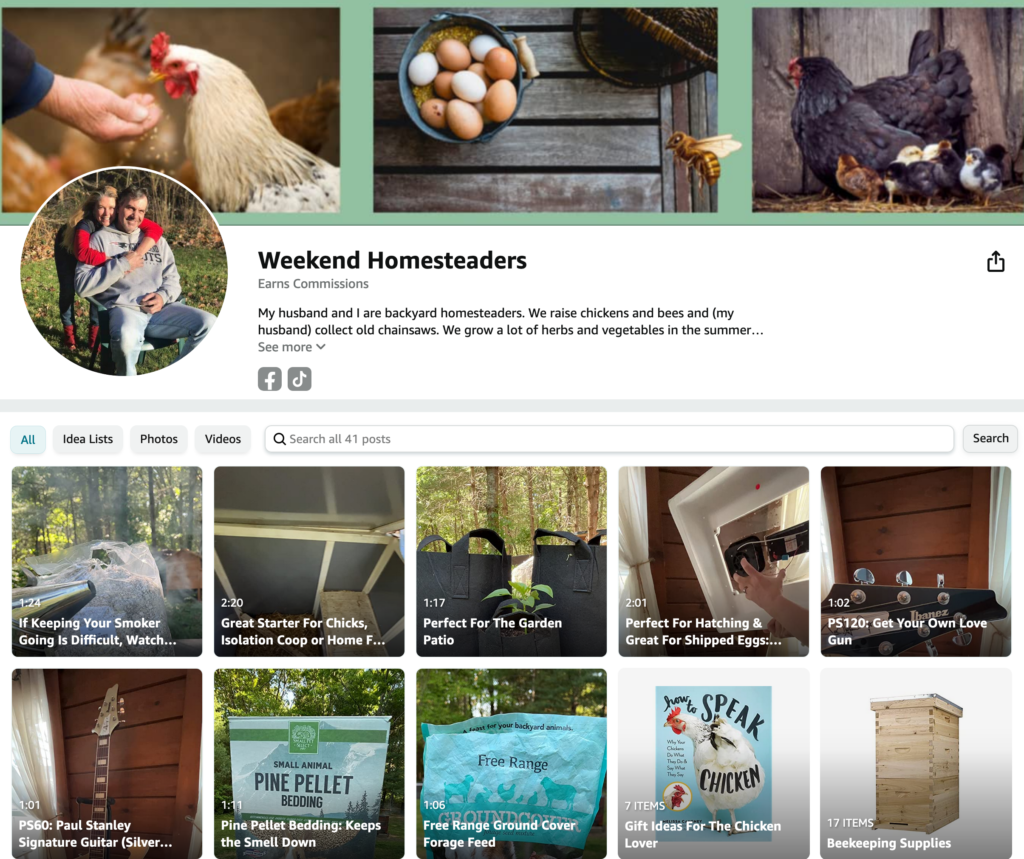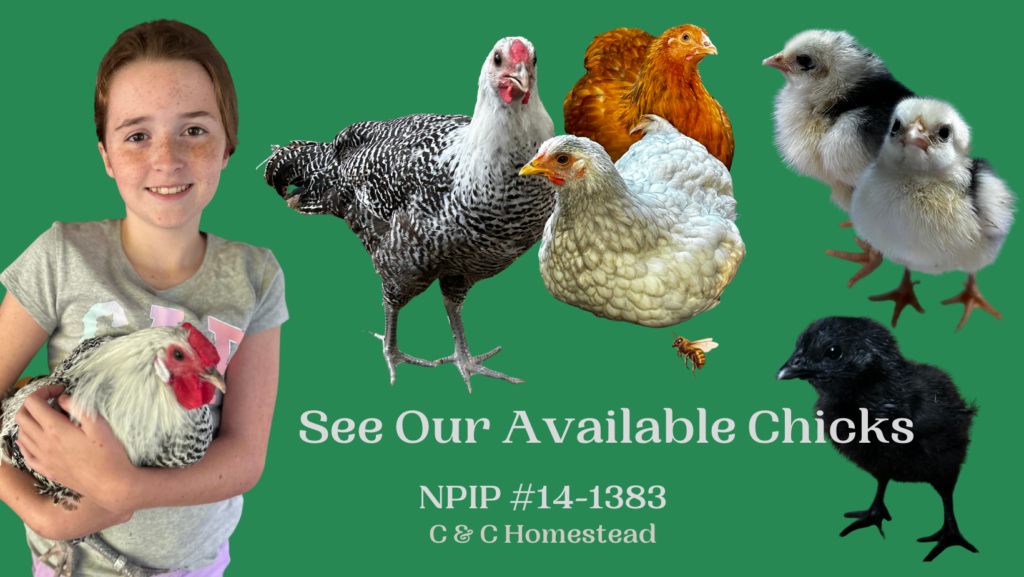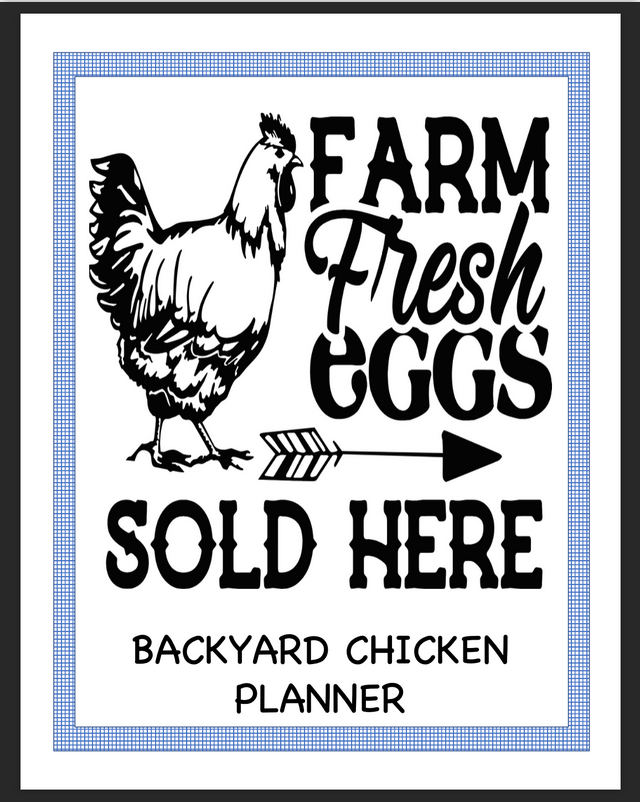Balancing Corporate & Homesteading Lifestyles
Sick Bay: A Flock Must-Have

Listen up, humans. I know you like to think your flock is invincible, but let me tell you—disaster can strike at any moment. One day, everyone’s happily pecking away at their feed, and the next… BAM! A mysterious sneeze. A limp. A weird-looking poop.
And do you know what separates a prepared chicken keeper from a panicked one?
🩺 A fully stocked Sick Bay.
That’s right! Every responsible human needs a chicken first-aid kit—a go-to box filled with everything necessary to handle minor injuries, sudden illnesses, and unexpected poultry emergencies.
So, if you don’t already have a Sick Bay setup, grab a notebook (or better yet, just print this out), because I’m about to give you the ultimate checklist to keep your flock safe.
If you don’t already have a designated first-aid setup, consider this your official wake-up squawk. Let’s build the ULTIMATE chicken first-aid kit—no fluff, no unnecessary gimmicks, just the real essentials that could save a life.
🏥 The Sick Bay: Why Every Flock Needs One
When a chicken gets sick or injured, they need isolation from the flock. Why? Because chickens aren’t exactly known for their compassion. A weak or injured bird = target practice for the rest of the flock.
🐔 What Makes a Good Sick Bay?
✔️ Quiet & Isolated – Away from the main coop to reduce stress.
✔️ Warm & Dry – A heat source can help sick chickens recover faster.
✔️ Easy to Clean – Bedding should be disposable or easy to sanitize.
✔️ Secure – No predators, no nosy flockmates, just peace and quiet.
✔️ Proper Ventilation – Fresh air, no drafts.
🩺 The Ultimate Chicken First-Aid Kit
Now that we have our Sick Bay location, let’s talk supplies. Here’s what every responsible chicken keeper needs:
1️⃣ Wound Care & Injury Treatment
🩹 Vetrap (Self-Adhesive Bandages) – Sticks to itself, not feathers. Great for securing wraps.
🩸 Styptic Powder or Cornstarch – Stops bleeding from minor cuts or broken nails.
🧴 Saline Solution – Used to flush out wounds, eyes, or dirt.
🛡️ Betadine or Chlorhexidine Solution – Best for cleaning wounds (without staining everything purple).
💊 Triple Antibiotic Ointment (WITHOUT Pain Relief) – Helps small cuts heal (avoid any with “caine” ingredients—they’re toxic to chickens).
🚑 Raw Honey or Vetericyn Wound & Skin Care – Natural, safe, and promotes healing.
❌ Blu-Kote? Nope. It stains everything, including feathers, your hands, and your dignity. Plus, it’s not always the safest choice for deep wounds. Stick to Betadine or Vetericyn.
2️⃣ Respiratory & Illness Treatments
🤧 VetRx Poultry Aid – Helps with mild respiratory issues (a.k.a. the “chicken VapoRub”).
💊 Electrolytes & Probiotics – Helps weak birds recover fast from stress or illness.
🌿 Oregano Oil or Garlic Extract – Natural immune boosters for overall health.
💦 Apple Cider Vinegar (Raw, Unfiltered) – Added to water, it supports digestion and immunity.
🩺 Tylan or Denagard (For Vet Use Only) – Prescription antibiotics for serious respiratory infections.
3️⃣ Digestive & Crop Health
🍚 Nutri-Drench or Poultry Vitamins – A quick energy boost for weak birds.
⚡ Activated Charcoal or Toxin Binder – In case of poisoning (e.g., moldy feed, toxic plants).
🌾 Coconut Oil or Olive Oil – Helps treat impacted crops.
🦠 Acidified Copper Sulfate – For yeast infections like sour crop.
4️⃣ Pain Relief & Anti-Inflammatory Care
⚠️ WARNING: Never use human pain relievers like Tylenol, Advil, or aspirin without consulting a vet.
🌿 Epsom Salt – Used for soaking bumblefoot infections or swollen legs.
🐓 Arnica Gel (Vet-Approved Only) – A natural anti-inflammatory for sore muscles.
🧴 Preparation H (Yes, Really!) – Helps with vent swelling or minor prolapse.
5️⃣ Emergency Tools & Miscellaneous Must-Haves
🧤 Gloves – Protects you and the bird.
✂️ Scissors & Tweezers – For bandages, removing debris, or plucking ingrown feathers.
💡 Small Flashlight or Headlamp – For checking crop issues, egg binding, or night inspections.
🌡️ Thermometer (Non-Mercury) – A chicken’s normal temp is 105-107°F. Fever? Trouble.
💦 Syringes & Eye Droppers – For giving water, medicine, or feeding weak birds.
📖 Notebook or Health Log – Keep track of symptoms, treatments, and recoveries.
🐔 Common Chicken Emergencies & Quick Actions
🥶 Chicken is Cold, Weak, or Not Eating?
👉 Move to warm Sick Bay, offer electrolytes & Nutri-Drench, and observe.
🤧 Sneezy, Wheezing, or Runny Nose?
👉 Isolate, use VetRx, and watch for serious illness signs.
🦶 Limping, Swollen Foot?
👉 Check for bumblefoot—if infected, soak in Epsom salt and apply antibiotic ointment.
🥚 Egg Bound Hen (Straining, Fluffed Up, Not Pooping)?
👉 Give a warm Epsom salt bath, lubricate the vent, and offer calcium.
🩸 Bleeding from Beak, Nail, or Feather Shaft?
👉 Apply styptic powder or cornstarch to stop the bleeding.
🚀 Be Prepared, Stay Calm, Save Lives!
Emergencies don’t wait for you to be ready. They just happen.
So set up your Sick Bay now—before you find yourself holding a sneezing hen, panicking, and wishing you had stocked up.
Now, if you’ll excuse me, I need to go interview a hen who claims she was "almost egg-bound once." (She wasn’t. She just wanted extra attention.)
- Cluck Kent, Official Flock Safety Reporter
🐥 What’s in YOUR Chicken First-Aid Kit?
Ever had a chicken emergency? What saved the day? Drop your must-have first-aid items in the comments—I’ll read them while supervising my humans to make sure they’re restocking supplies. 😉



